By Emilie Ruscoe. Reprinted from Politico.
Prison reform advocates want to lock up the governor. Sort of.
A full-scale replica of a solitary confinement cell will land near the Capitol Tuesday morning as several lawmakers and activists call on Gov. Andrew Cuomo to spend 24 hours in an actual cell so he can fully understand what solitary confinement is like. The head of Colorado’s prison system did just that several years ago, leading to his support for reform measures.
Advocates are pushing legislation that would restrict solitary confinement to 15 days. They are also supporting parole reform, pretrial detention reform, ending cash bail and ensuring the right to speedy trial. The governor has made criminal justice reform, including an end to cash bail, a priority for this year’s legislative session.
“We hope to provide a much, much safer and more rehabilitative environment for everyone involved,” said Doug van Zandt, whose son Benjamin killed himself in solitary confinement at Fishkill Correctional Facility in 2014.
According to data from the New York State Department of Corrections, more than 3,000 people are in solitary confinement on a daily basis in the state’s prisons and jails, some for years on end.
More than 120 state legislators have supported previous versions of solitary restriction legislation. A bill passed the Assembly last year but it stalled in the Senate.
This year’s version of the bill is sponsored by legislators whose districts are adjacent to Rikers Island: Sen. Luis Sepùlveda (D-Bronx) and Assemblymember Jeffrion Aubry (D-Queens).
Solitary confinement restrictions have been opposed by the Correction Officers Benevolent Association of New York City. COBA officials have characterized the use of solitary as a necessary tool for their work. In 2017, it sued the de Blasio administration over a change in policy restricting the use of solitary on people under the age of 21.
 We at the Campaign For Alternatives to Isolated Confinement wish to express our deepest condolences to the family of Mujahid Farid. Our prayers go out to them in their time of loss.
We at the Campaign For Alternatives to Isolated Confinement wish to express our deepest condolences to the family of Mujahid Farid. Our prayers go out to them in their time of loss.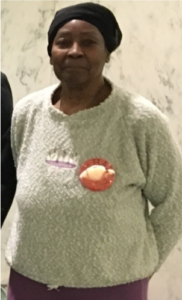 New York Campaign for Alternatives to Isolated Confinement (CAIC) would like to honor and remember one of our dear members Carole Willis, who recently passed away at the age of 79. A lifelong New Yorker, Carole was a wonderful, caring, and giving person who had a beautiful heart and soul. Carole was actively involved with CAIC and the Correctional Association of NY for the last several years, and her son Nicholas Zimmerman spent over a decade in solitary confinement.
New York Campaign for Alternatives to Isolated Confinement (CAIC) would like to honor and remember one of our dear members Carole Willis, who recently passed away at the age of 79. A lifelong New Yorker, Carole was a wonderful, caring, and giving person who had a beautiful heart and soul. Carole was actively involved with CAIC and the Correctional Association of NY for the last several years, and her son Nicholas Zimmerman spent over a decade in solitary confinement.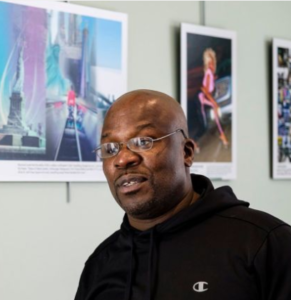
 by Victoria Law. Excerpted from
by Victoria Law. Excerpted from 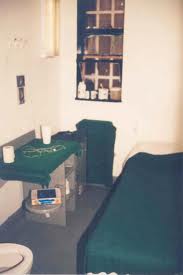
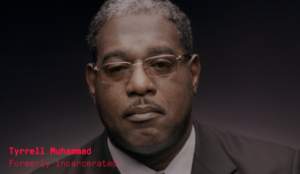 “We Are Witnesses”
“We Are Witnesses”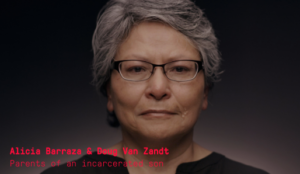 “He wasn’t a bad kid. He was just a kid that was mentally ill.”
“He wasn’t a bad kid. He was just a kid that was mentally ill.”
Follow the #HALTsolitary Campaign